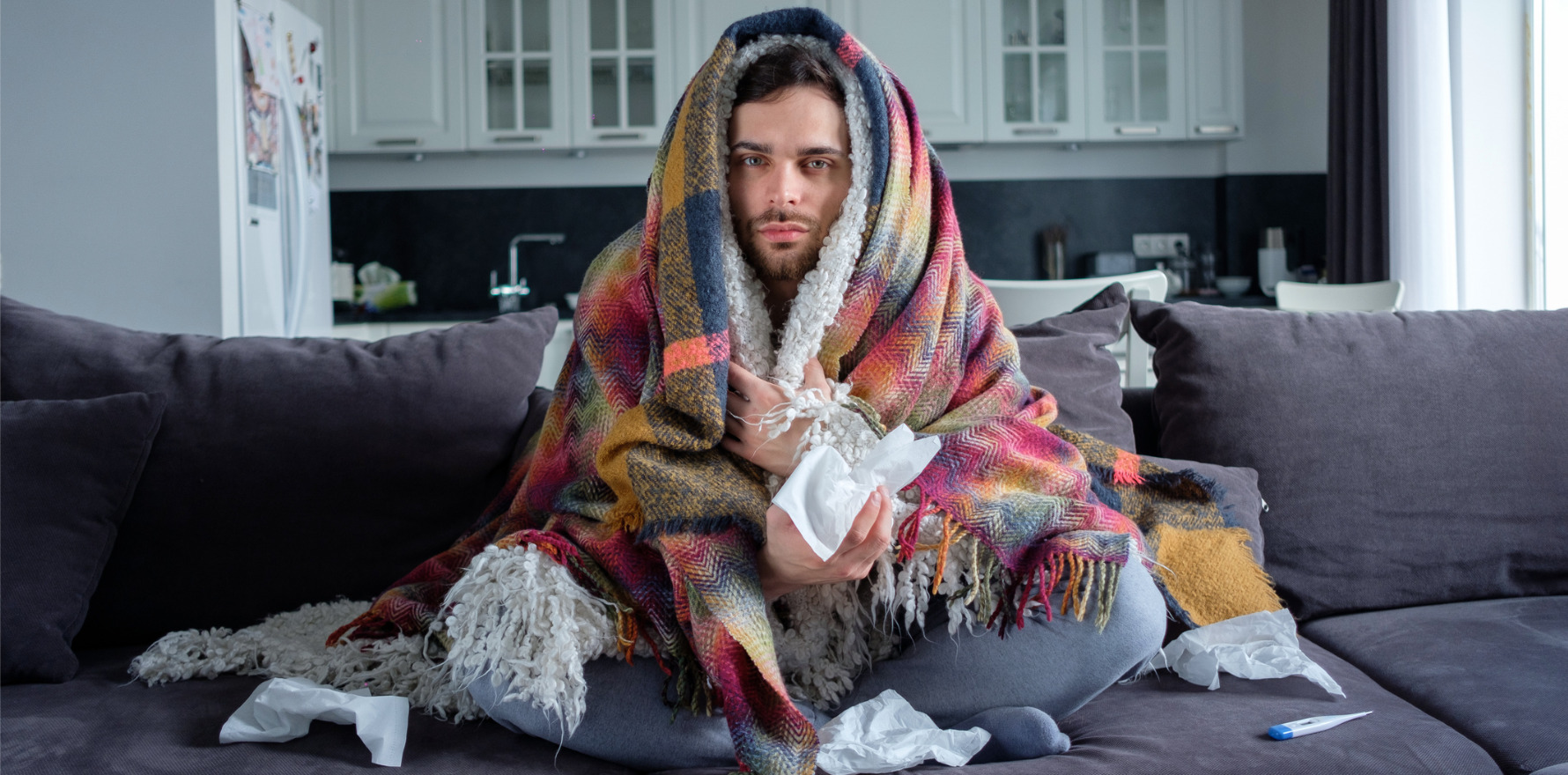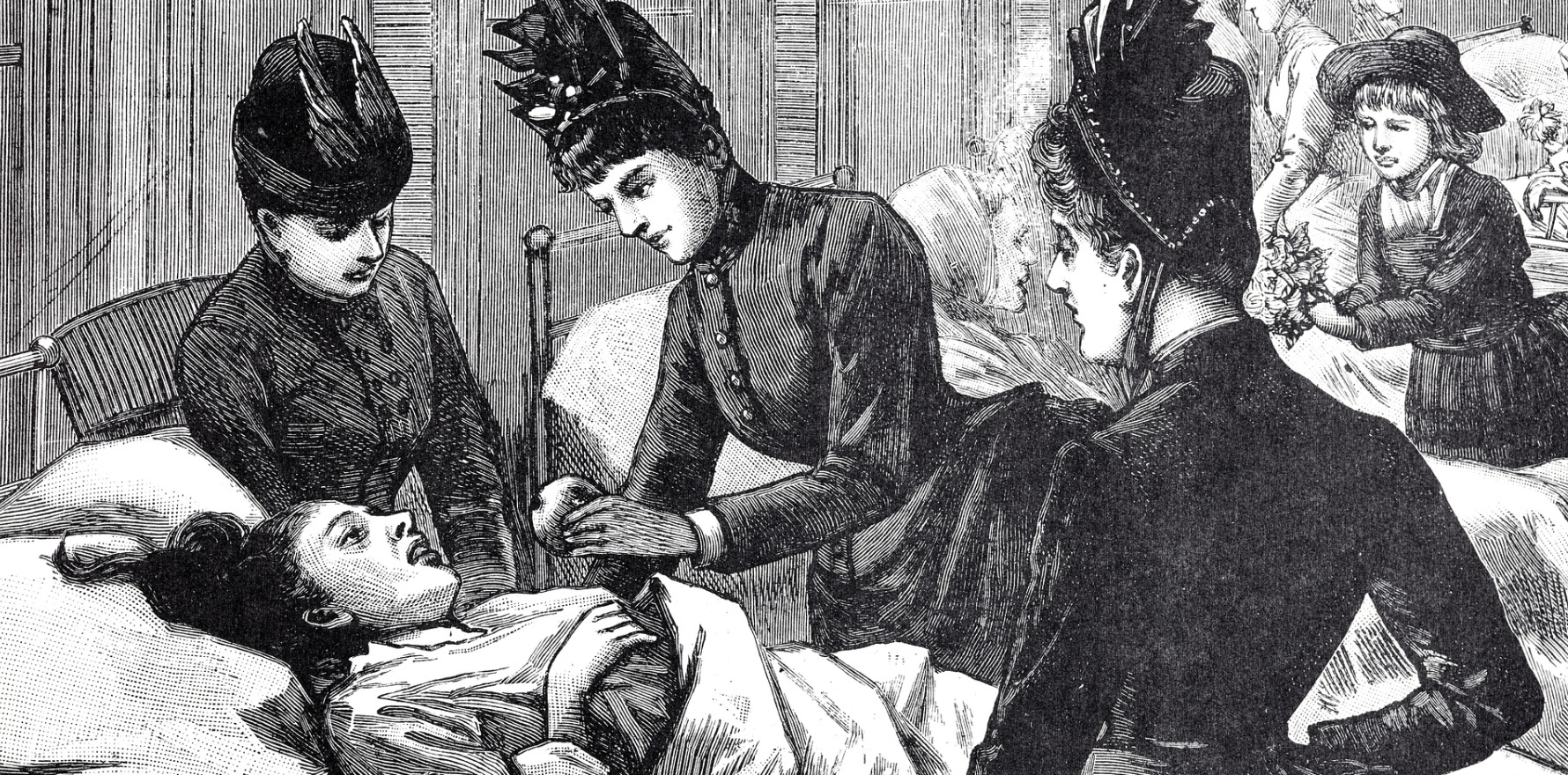The ethical question is whether, to quote Spock, the needs of the many outweigh the needs of the few.
Many years ago, Professor Claire Jackson published an article which has been lost in the annals of time (and the bowels of the internet) in which she pointed out that patients present with a problem, not a diagnosis.
She said there is a common idea that patients know whether they are “big sick or little sick” and can therefore decide which health professional to see. If they are “big sick” they can go to places like Emergency Departments. If they are “little sick” they can go to places like pharmacies.
She thought that was nonsense, and so do I.
If anything, the problem of distinguishing “big sick” from “little sick” is getting worse, courtesy of the internet and other readily available sources of information. Patients may well be loaded down with information. What they haven’t always got is a sense of proportion.
This is because they are human, and we GPs are there because they shouldn’t have to work it out on their own.
When we are sick, we are often frightened, and it is natural to be risk averse. So, we are likely to hone in on rare, serious diseases when they look their symptoms up on Dr Google.
As a healthcare system, we encourage people to monitor their bodies and “see your GP” if you notice an unusual mole, reduced fetal movements, abdominal bloating and discomfort, rectal bleeding, unusual headaches and any number of other symptoms advertised with a coloured ribbon awareness day.
So we shouldn’t be surprised that patients turn up to GPs to help them sort it all out. We want them to.
However, awareness campaigns are only effective if “awareness” is followed up by appropriate assessment. Otherwise, we are condemning people to nebulous worry for no reason which, frankly, is a bit cruel.
Media and social media are dripping with stories of missed diagnoses. People turning up to doctors (usually) with nebulous symptoms which are misdiagnosed (sometimes as “little sick” problems, sometimes as “nothing to worry about”) and then, somewhere down the track the patient/family/naturopath/nurse finds out this is a “big sick” problem that the doctor “missed” or “dismissed”.
This does nothing to allay people’s anxiety of course, to read these stories, and it doesn’t ever mention that sometimes it takes more than one consultation to sort something out.
The reality is that diagnosis is difficult.
Related
I have spent decades trying to explain to managers, policymakers, bureaucrats and economists that people rarely turn up with a diagnosis – at least they rarely turn up with the right one.
Instead, they turn up feeling unwell.
The work that primary care does is not to match the prescription with the disease, it is doing a complex piece of clinical reasoning to work out why THIS patient is unwell with this THIS symptom at THIS time.
That piece of clinical reasoning can be substituted by an algorithm only if the following conditions are met:
- The patient is the sort of person who is part of the clinical trials that ground the algorithm: the adult, probably white, probably male, probably straight person with a single problem;
- The patient can describe what is going on in their minds and bodies;
- The patient happens to have the most likely diagnosis for their given symptoms.
The treatment of choice as per the algorithm only works if they can afford it, they can take it, and they agree with it. Otherwise, they’re on their own.
The first point in the healthcare journey is about the patient, carer and/or family being concerned. Sometimes, that’s beyond “being concerned” and turns into sleepless nights, gut-wrenching worry. Everything looks “big sick” at 3am.
Patients triage themselves all the time. They decide when (or if) they see a health professional, and which health professional they see.
For me, the ethical question is whether, to quote Spock, the needs of the many outweigh the needs of the few.
Putting the best trained diagnostician at the front means “wasting” their skills on the little sick who could have been redirected to others who are (arguably) cheaper. But the alternative is to put a “little sick” trained health professional at the front without the diagnostic skills to detect the one “big sick” person in a sea of others.
In the North Queensland pharmacy trials, almost 50% of the women who presented were misdiagnosed.
We know this because, on average, around 50% of women presenting with UTI symptoms do not, in fact, have a UTI.
The question is whether those women matter. Some of them would have been fine, just contributed to antibiotic resistance with no individual benefit. Others sought appropriate help when they didn’t get better after taking the wrong treatment for the wrong problem, and all we had was wasted money on a poor diagnosis and inappropriate treatment.
But some experienced significant harm.
Treating by algorithm means treating most people as though they are “little sick” which is why the physician associates confidently diagnosed a woman in the UK with muscle strain when in fact she had a DVT, and died from a pulmonary embolus.
In general practice, we have a concept called “safety netting” which means at the end of a consultation, especially when there is significant uncertainty, we tell patients what to look for, when to be worried, and if they are worried, what to do.
Often, this is a way of saying “it’s okay, we have your back, you’re not coping with this on your own”. That isn’t in the algorithm, but it is essential when we send the patient out the door, and give them the responsibility to manage their own health.
And, by the way, I am back to using the word “patient”. Why? Because when I am ill, and scared, and vulnerable, I know I want someone to look after me and help me decide what to do. I am not a “consumer”, I am a “patient”.
Consumers, who are seeking a product from me are fine getting that product elsewhere.
I want to be the GP for the patient, so they can hand over their decisions about “big sick” or “little sick” problems and share the load and the responsibility. They shouldn’t have to manage the whole lot on their own.
Associate Professor Louise Stone is a working GP who researches the social foundations of medicine in the ANU Medical School. She tweets @GPswampwarrior.





